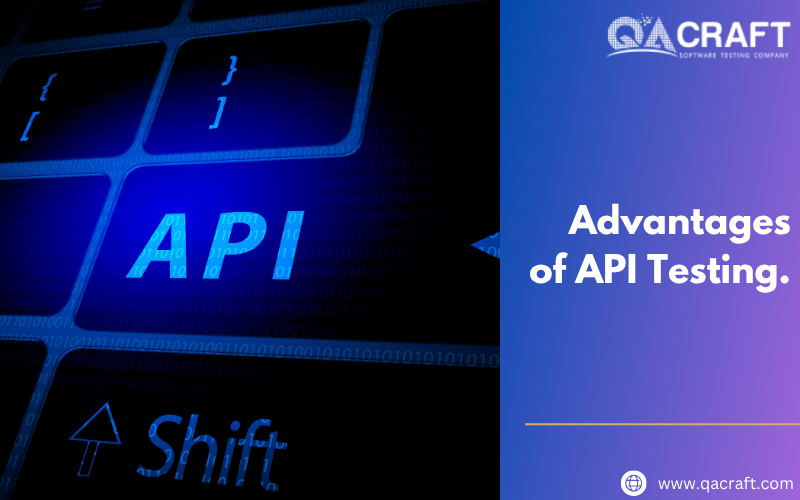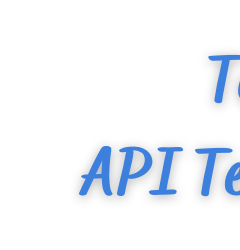03 Jun

What is API Testing?
API testing is the process of testing Application Programming Interfaces, often referred to as APIs. In API testing, two software applications communicate with each other through an Interface by exchanging data or functionality. These API tests perform both functional (i.e., UI-based) testing as well as non-functional testing (such as performance, Security, Load, etc.).
API testing is faster than other testing. QA teams benefit from the advantages of API Automation when executing test cases using API testing tools.
Read More: More About API Testing
Types of API testing:
➭ Functional Testing: – Functional testing is used to check the business logic and features of the application. To check this, API testing was used to meet specific requirements. Send the specific request as per testing, analyzing the responses, and comparing the actual outcomes against the expected result to ensure the API performs as designed.
➭ Performance testing: – Performance testing evaluates the speed, stability, scalability, and responsiveness of a software application under different load conditions. It is used to ensure that the application works well under expected user loads. Performance testing is achieved in three different ways, as on the conditions such as –
- Load testing: – Check the expected user traffic handled by the application from normal to peak level using APIs.
- Stress testing: – Check the stability of the application by pushing normal load to identify the breaking point under extreme conditions.
- Spike testing: – Check the application stability by suddenly increasing/decreasing the load.
- Security testing: – It is used to ensure that the system is secure with encryption methodologies and authorization validations. It is used to identify vulnerability, threat, any risk, and weakness of a software application.
➭ Smoke testing: – Using API, check the basic and critical functionality of the application.
➭ Integration testing: – API testing verifies that different components or systems interact correctly with each other and work smoothly while interacting.
➭ Regression testing: – Regression testing ensures that the API is still functional after fixing the bug or modifying the functionality.
➭ Fuzz testing: – Using APIs to send invalid data and check for vulnerability, bugs, or crash the application’s input interface.
Advantages of API Testing:
⟹ Access without UI dependency –
API testing is performed using the Hypertext Transfer Protocol (HTTP code), where a request is sent to the server and responses are received against the request. The tester verifies that the response matches the expected requirement. In this process, the UI is not required; it allows QA testers to test functionality directly through the API layers.
⟹ Test core functionality early –
Testing an application’s code-level functionality early, provided by the developer, to check that any failures appear, which becomes a larger problem during GUI testing.
⟹ Faster Execution and greater efficiency –
API testing involves communication between the client and server through requests and responses. It is faster than GUI testing, as the GUI is not involved, execution time is reduced, making API testing ideal for validating core functionality quickly and efficiently.
⟹ Language independent and Platform Independent –
API testing uses a Standard Communication Protocol, such as HTTPS/HTTP, and accepts data formats in JSON or XML; due to this, API testing is platform-independent. This allows testers to send requests and validate responses using any tool or core language.
⟹ Easy integration with GUI and End-to-End test –
API testing makes easy integration with GUI testing and supports End-to-End testing.
It allows testers to find issues early and ensure reliable communication between the system and server, and also verify the complete workflow across different layers of applications.
Conclusion:
API Testing is a vital practice in software development, streamlining communication, ensuring robust integration, and enhancing overall reliability. Its early issue detection, automation features, and comprehensive test coverage contribute to faster development cycles and improved software quality. As technology advances, API testing proves essential for organizations dedicated to delivering resilient, high-quality software solutions.




